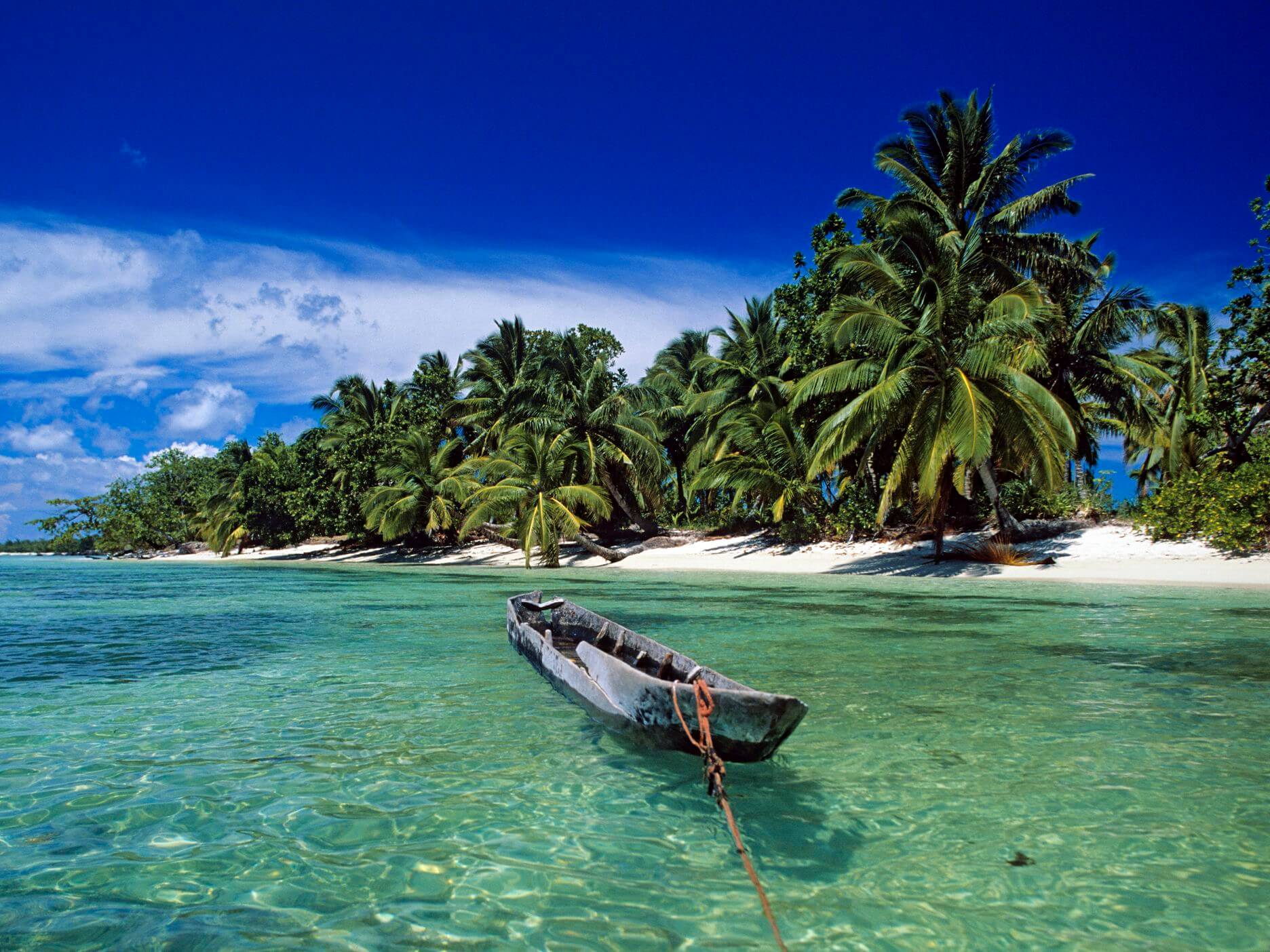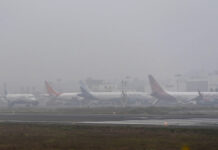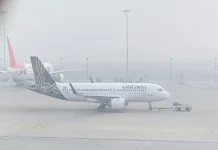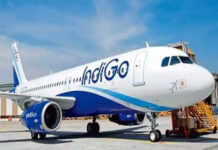Undoubtedly one of the world’s most fascinating destinations, Madagascar floats off the coast of Mozambique, in the turquoise waters of the Indian Ocean, and is home to some of the weirdest, most wonderful wildlife in existence. A cliché it may be, but there really is nowhere quite like it.
Up to 90% of the flora and fauna found in Madagascar is unique to the island, which was cut adrift from the African mainland millions of years ago and has evolved in sweet isolation since. Mother Nature had a chance to experiment in Madagascar, and experiment she did. Nowadays the island is home to around a quarter of our planet’s primates and they exist in glorious variety: big and small, social and solitary, adorably cute and downright freaky. The primates’ story is played out across the animal groups: there are several hundred types of frog, dozens of bats, over a hundred snakes (mostly small, all harmless) and almost half of the world’s chameleons. It’s a similar story where flora is concerned, too.
But Madagascar is not just a nirvana for naturalists: the island offers splendid beaches, scuba diving and surfing; gnarly rock climbing and caving; lazy river trips; spectacular scenery; and warm, welcoming people with interesting beliefs and cultural practices.
The island is divided along its middle by a high plateau. Lush rainforest runs in a band down the eastern side, while drier deciduous forests lie to the west. In the far south is the unique arid spiny forest, home to the island’s wackiest plant life. Giant baobab trees populate the western regions.
A mix of influences provides telltale evidence of the Polynesian settlers, Arabic presence, Bantu tribes-folk and European arrivals of the past, all of which have culminated in a fascinating cultural melting pot. For sheer diversity, Madagascar hard to beat.
Top Tourist Attractions in Madagascar
Ile Sainte Marie: The Ile Sainte Marie lies off the east coast of Madagascar. The island’s array of protected bays and inlets drew pirates to Ile Sainte Marie during the 17th and 18th centuries, and the wrecks of several pirate ships can still be viewed from the shallow waters of the Baie des Forbans. Today the island is one of the top tourist attractions in Madagascar.
Isalo National Park: The Isalo National Park is notable for is varied terrain. Located in the central southern region of Madagascar, the park includes areas of grassland, steep canyons and sandstone formations, all dotted by occasional pools lined by palm trees. As in many of the country’s national parks, guides are required. Tours can be arranged to last as short as several hours or as long as several days.
Tsingy de Bemaraha: The Tsingy de Bemaraha Reserve lies in the southern region of Madagascar’s largest natural reserve, Tsingy de Bemaraha Strict Nature Reserve. The word “tsingy” refers to the pinnacles that dot the park’s limestone plateau. Located near the country’s west coast, the park features a broad expanse of mangrove forest.
Nosy Be: The small island of Nosy Be is one of Madagascar’s premier tourist spots attracting thousands of tourists from across the globe year round. Although Nosy Be’s beaches don’t look as picture perfect as some other tropical beaches, they do win points for tranquility, clear turquoise water and excellent seafood restaurants serving seafood diner on the sand.
Avenue of the Baobabs: The Avenue of the Baobabs is a group of trees lining the dirt road between Morondava and Belon’i Tsiribihina in western Madagascar. Its striking landscape draws tourists from around the world, making it one of the most visited locations in the region. The Baobab trees, up to 800 years old, did not originally tower in isolation over the landscape but stood in a dense tropical forest.
Ifaty: Ifaty is the name given to two dusty fishing villages on the coast of southwest Madagascar. Offshore, a 60-mile long coral reef is a natural barrier to rough sea waves, creating coastal waters that are ideal for diving, snorkeling and fishing.
Royal Hill of Ambohimanga: Considered one of the country’s most sacred spots by the Malagasy people for 500 years, the Royal Hill of Ambohimanga is a historical village that was once home to Madagascar royalty. The wall that surrounds the village was made in 1847 and was constructed with a mortar made of lime and egg whites.
Andasibe-Mantadia: Encompassing around 100 miles of land in eastern Madagascar, Andasibe-Mantadia National Park is home to eleven lemur species, including the country’s largest lemur, the Indri. Located near Madagascar’s capital city of Antananarivo, Andasibe-Mantadia is one of the easiest parks to visit.
Masoala National Park: Situated in the northeast Madagascar, the Masoala National Park covers nearly 250 miles of rainforest and includes three marine parks as well. The park features ten species of lemur, including the Aye-aye, the world’s largest nocturnal primate. The park is also home to a diverse array of birds and reptiles, including the Tomato frog, named for its bright red color.
Ranomafana National Park: Located in the southeastern region of Madagascar near the village of Ranomafana, the Ranomafana National Park is one of the nation’s most popular parks. The eastern section of the park is the most scenic, with numerous streams splashing through densely forested hills. The park is home to the endangered golden bamboo lemur, an animal whose diet includes bamboo shoots that contain doses of cyanide that would be lethal to other animals, yet the charming golden lemur feeds on the bamboo with no ill effects.
The best time to visit Madagascar is from April to October. This dry season brings fewer rain showers, meaning optimal conditions for observing animals, hiking and participating in water sports activities.
The majority of flights to Madagascar go to Ivato International Airport at Antananarivo. The main airlines serving Ivato are Air Madagascar from Paris, Johannesburg and Bangkok; Air France from Paris; South African Airways and Airlink from Johannesburg; and Kenya Airways from Nairobi. worldtravelguide.net/ www.touropia.com







